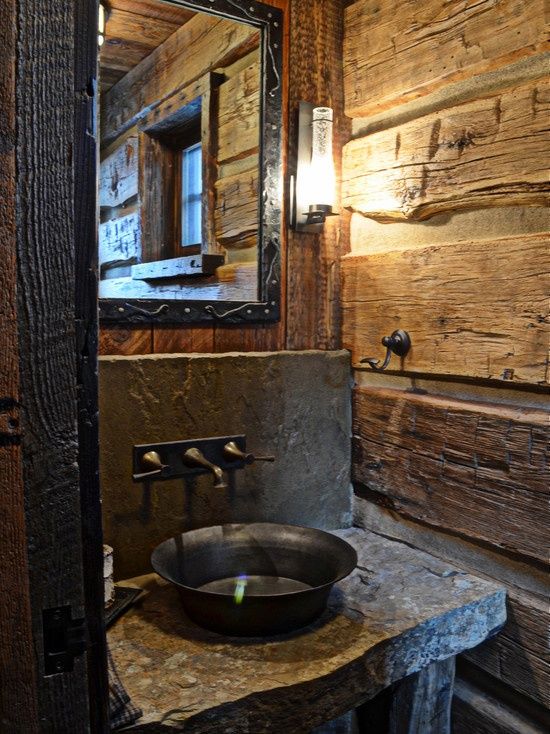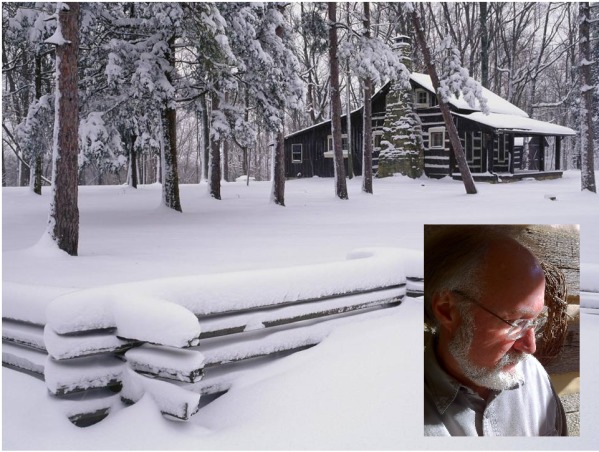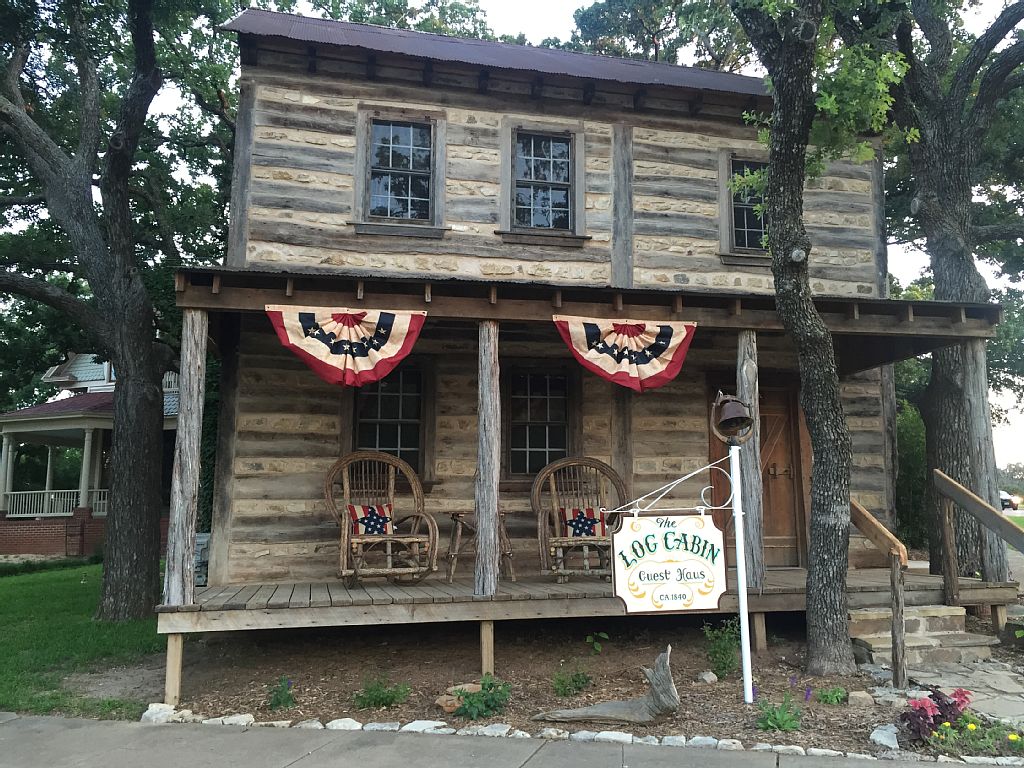About Noah Bradley
This author has not yet filled in any details.So far Noah Bradley has created 1221 blog entries.
We just garnered the attention of over a million viewers…
Noah Bradley2019-06-29T10:26:08+00:00In a world where you can find almost any service online, there’s one service not so easily found.
The days of the hand made home craftsman are not over, but they are particularly hard to find.
Old style homes and cabins continue to pop up here and there, but many of these craftsmen are Amish, or do not make full use of internet technologies. They are country folk and mountain men and women. They seem to have dropped into the background of society since the world has come to rely on Google to find services, and they are not so easily found there.
One man fights to see that one old world tradition isn’t forgotten, as he himself an old-world hand craftsman, Noah Bradley moves to inspire while sharing pictures of old to his facebook page, (Handmade Houses With Noah Bradley) as well as those he has constructed over time.
His building knowledge lends itself to a particular brand of commentary that understands the construction at hand, how it was built, what’s falling apart first, and what needs to be done to preserve it. The following photos from his facebook page and web site share bits of commentary from the eyes of wisdom that come from many years of experience.
Originally posted 2015-12-26 12:55:33.
She is not symmetrical
Noah Bradley2019-06-29T10:26:06+00:00Originally posted 2015-12-21 16:09:07.
Vertical corner post log home
Noah Bradley2019-06-29T10:26:02+00:00Originally posted 2015-12-20 17:25:26.










